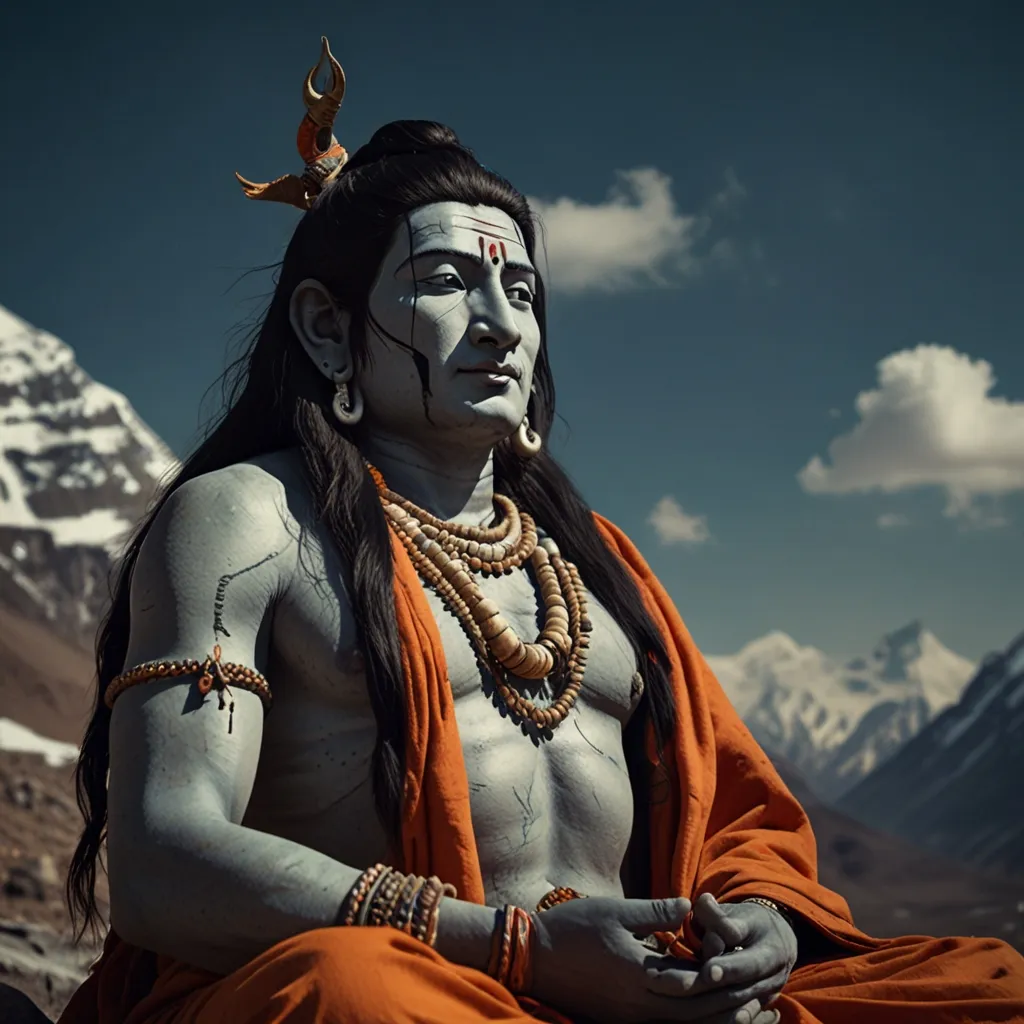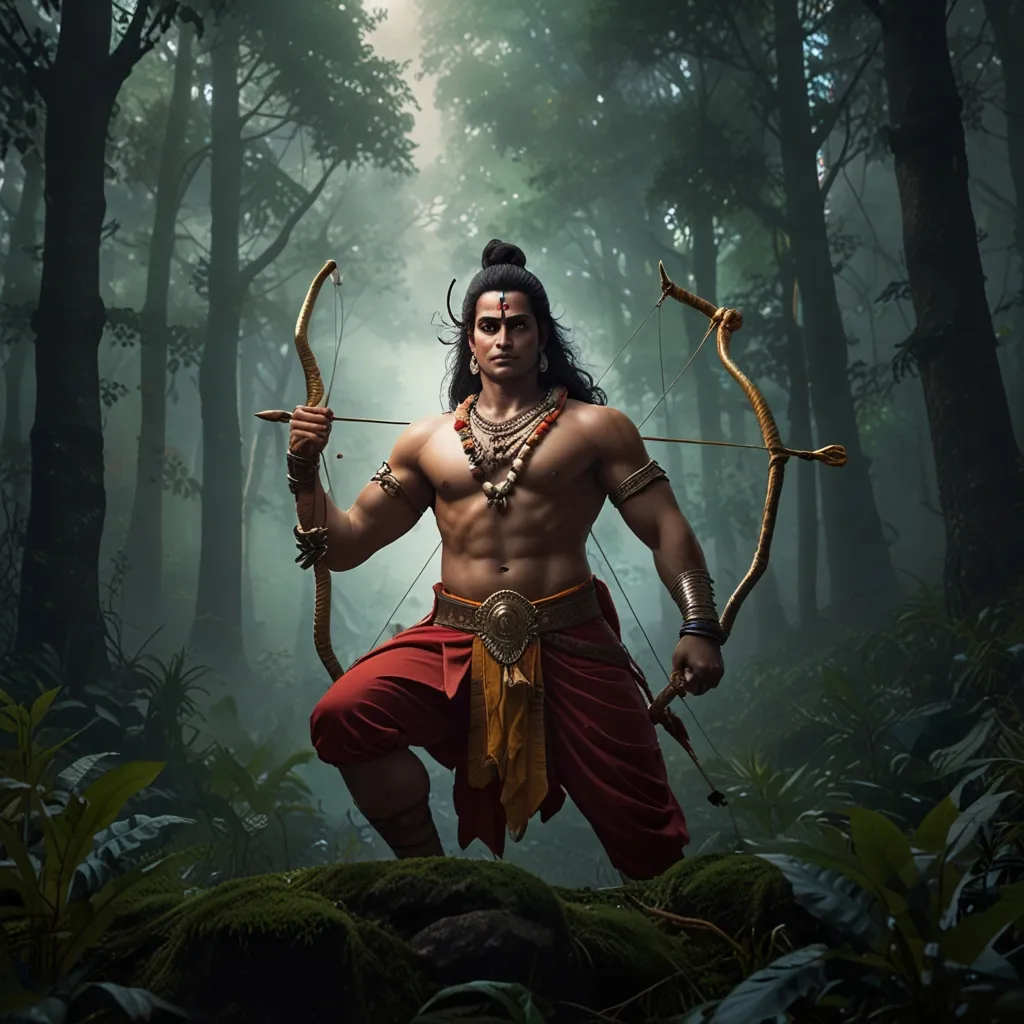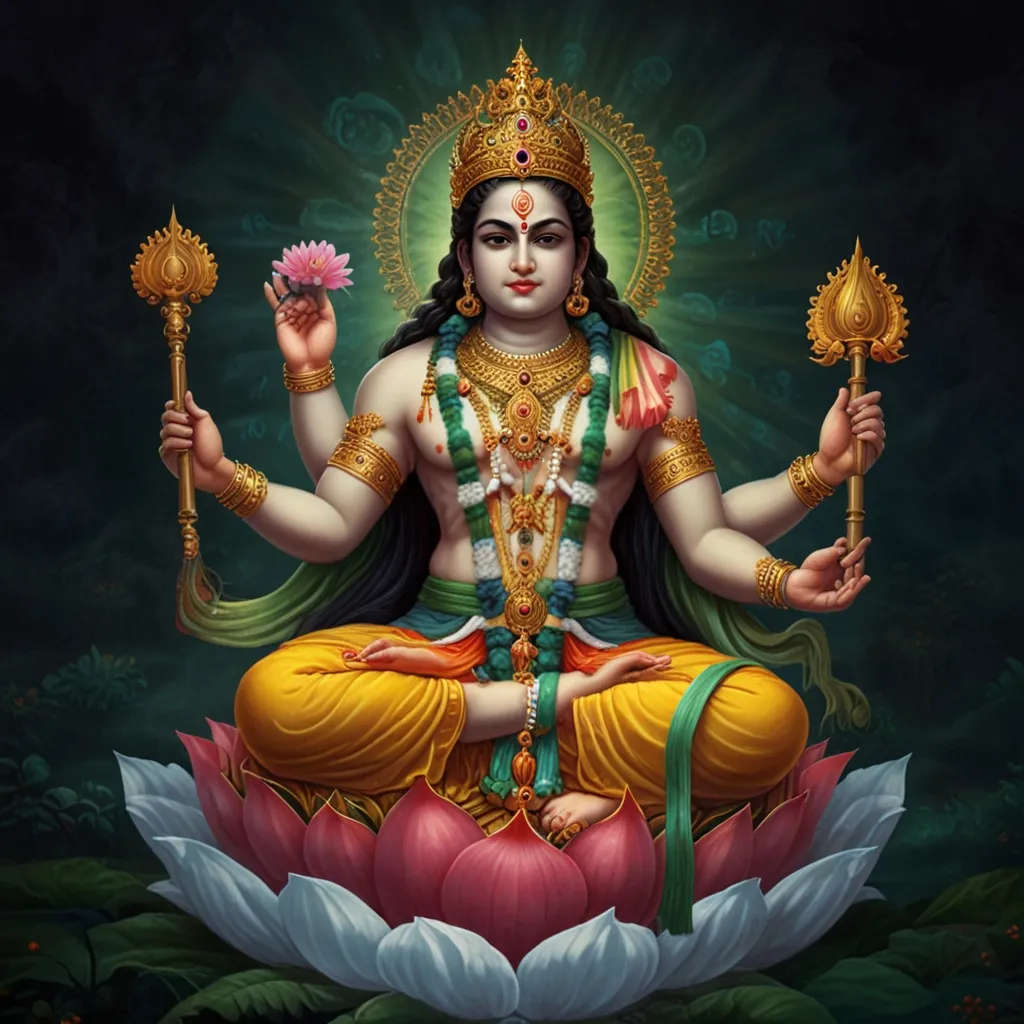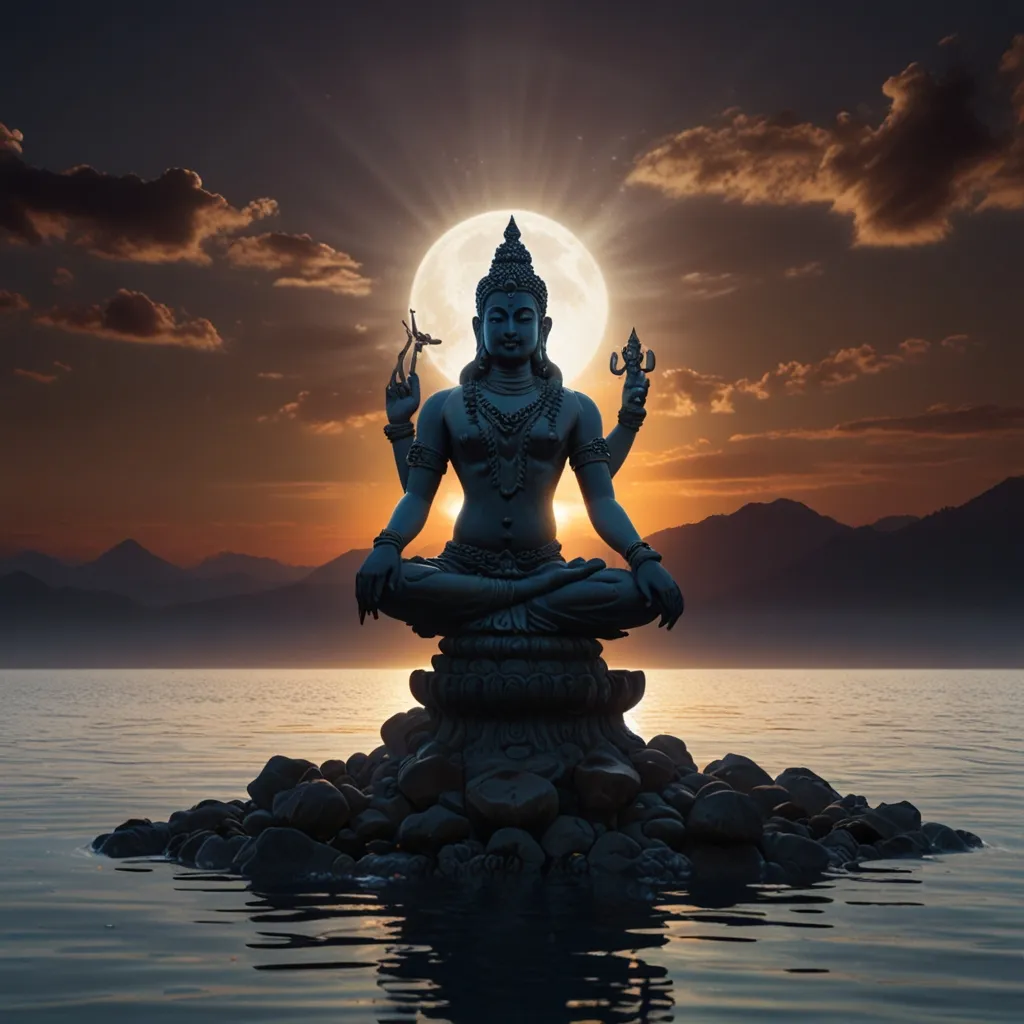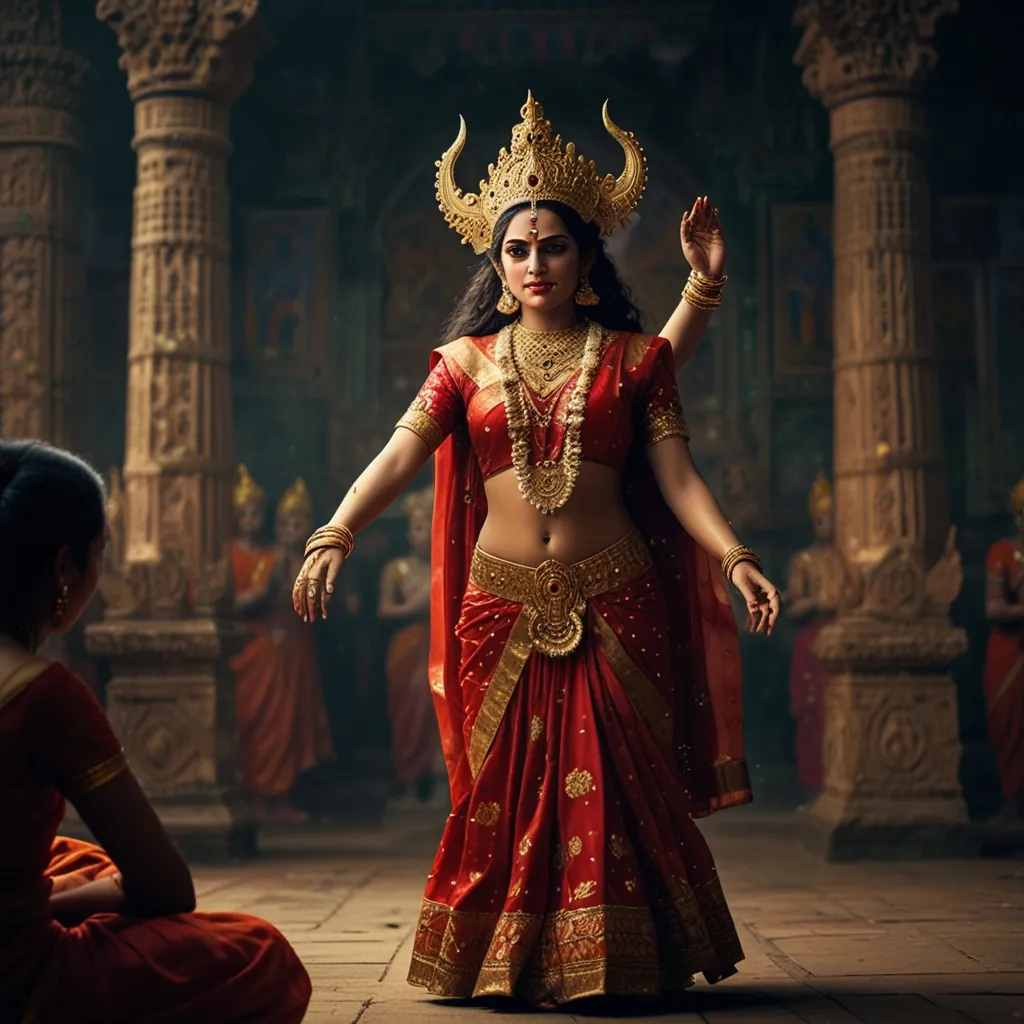In the colorful tapestry of Hindu mythology, there’s an endless array of stories that delve into the mysteries of creation and humanity’s journey. Among these, the tale of the Saptarishis—or the seven great sages—stands out, weaving wisdom and spirituality into the cultural heritage of India. At the core of this story is Lord Shiva, famously known as Adiyogi, the first yogi.
Picture this: the universe was still young, slowly coming into its own, when Lord Shiva decided it was time to share his profound cosmic knowledge. He chose a select group of beings, pure in their hearts and eager to learn. These special beings were taken to Mount Kailash, Shiva’s celestial home, where he introduced them to the ancient art of yoga.
Now, yoga as taught by Shiva wasn’t just about bending and stretching. It was a complete lifestyle—an integration of body, mind, and spirit. The first students of this sacred practice were our Saptarishis, who were then entrusted with the mission to spread this knowledge far and wide. Each sage was unique, boasting individual strengths and lessons to impart to the world of yoga and beyond.
One of the most interesting sages among them was Bharadvaja. Imagine having such an insatiable thirst for knowledge that even a lifetime isn’t enough. That was Bharadvaja. He asked Lord Indra for additional lifetimes just to keep studying the Vedas, the ancient Hindu scriptures. His wish was granted, and Bharadvaja spent these many lifetimes not only learning but also teaching. His deep dive into ayurveda, the traditional Indian system of medicine, resulted in teachings that are still studied today in texts like the Charaka Samhita.
Bharadvaja’s influence didn’t stop with him. He was also the father of Dronacharya, the legendary teacher of both the Pandavas and Kauravas in the epic Mahabharata. His legacy endures, with his ashram still standing in Prayagraj, India—a pilgrimage spot for many. There’s even a yoga pose named after him, Bharadvajasana, showcasing his lasting influence in the world of yoga.
Next up, we have Sage Kashyapa. This guy is considered the father of almost everything divine and demonic—think Devas, Asuras, Nagas, and humans. He’s also the proud dad of Garuda, Lord Vishnu’s majestic mount. Kashyapa’s contributions to ayurveda are monumental, and his text, the Kashyapa Samhita, remains a go-to in fields like pediatrics, gynecology, and obstetrics. There’s also an intriguing legend that he drained a lake in Kashmir, creating the stunning valley we know today. Some folks even believe Kashmir is named after him.
Then there’s Sage Vasistha, famous for his philosophical wisdom encapsulated in the Yoga Vasistha. He shared this valuable knowledge with Lord Rama, exploring deep topics like the nature of existence, karma, free will, and spiritual liberation. Vasistha broke down the stages of yoga into seven parts: pure desire, inquiry into spiritual practices, subtlety of the mind, establishment in truth, freedom from attachment, knowledge of the truth, and the ultimate state of supreme awareness. These stages continue to guide yogis on their spiritual journeys even today.
Sage Vasistha’s story often intertwines with that of Sage Vishwamitra, arguably the most famous of the Saptarishis. Vishwamitra discovered the Gayatri Mantra, one of the most revered mantras in Hinduism, often chanted during pranayama exercises in yoga. His transition from being a king to a sage is a story of true dedication and relentless tapasya, or intense spiritual practice. Vishwamitra’s tapasya spanned thousands of years, showcasing the power of determination and transformation.
Vishwamitra’s tale also connects to the epic Ramayana, where he played the role of guru to Rama and Lakshmana. He guided them in their journeys and helped them defeat powerful asuras. Beyond his teachings, Vishwamitra is remembered as a symbol of transformation and the quest for spiritual enlightenment.
The Saptarishis are not just characters from old stories; they’re the embodiment of timeless principles of yoga and the relentless pursuit of knowledge. Their tales remind us of the value of dedication, hard work, and the quest for truth. Even now, their rich heritage continues to inspire and guide people worldwide.
In Hindu mythology, the Saptarishis are often portrayed as the mind-born sons of Brahma, the creator. They’re seen as the ancestors of the Gotras of Brahmins, who form the priestly class in Hindu society. Their origins are steeped in myth, positioning them as the primary sages tasked with spreading Vedic knowledge.
The legend of the Saptarishis extends into the future too. Myth has it that in the next cosmic cycle, a new set of seven sages will emerge. These future Saptarishis include notable figures like Diptimat, Galava, Parashurama, Kripa, Drauni or Ashwatthama, Vyasa, and Rishyasringa. Each of these sages is predicted to play a pivotal role in shaping humanity’s future.
Ultimately, the tale of the Saptarishis is a glowing testament to the enduring power of knowledge and the relentless pursuit of spiritual enlightenment. It’s a reminder that true wisdom is timeless and that the principles of yoga continue to guide us toward a more harmonious, balanced life. As we dive into the stories of these seven great sages, we’re constantly reminded of the importance of living a life of purpose and dedication, just like they did.
So, next time you hit the mat or find yourself seeking deeper meaning in life, think of the Saptarishis. Their timeless journey and enduring wisdom offer us not only a glimpse into the past but also a guiding light for the future.
